Jonathan Bagby (b. 1986, Orlando FL) is the director of the LaVerne Krause Gallery, Washburn Gallery, and Foyer Gallery for the School of Art and Design at the University of Oregon, where he also teaches courses in Photography and Digital Art. He is a founding member of Tropical Contemporary, an artist-run exhibition space. Jonathan has exhibited work at Filter Photo in Chicago, the California Museum of Photography in LA, Disjecta Contemporary Art Center in Portland, the Knoxville Museum of Art in Tennessee, and Ditch Projects in Oregon. Jonathan received an MFA from the University of Oregon in 2014 and a BA in Studio Art with a minor in Philosophy from the University of Tennessee in 2009. He currently resides in Eugene, Oregon with his partner Kathryn (a classically trained cellist) and dabbles in woodworking, leather working, and sewing for fun. Some of his research interests are perception, semiotics, objects, tropes, mirrors, memory, monuments, faux materials, desire, consumer culture, appropriation, technology, and psychogeography.
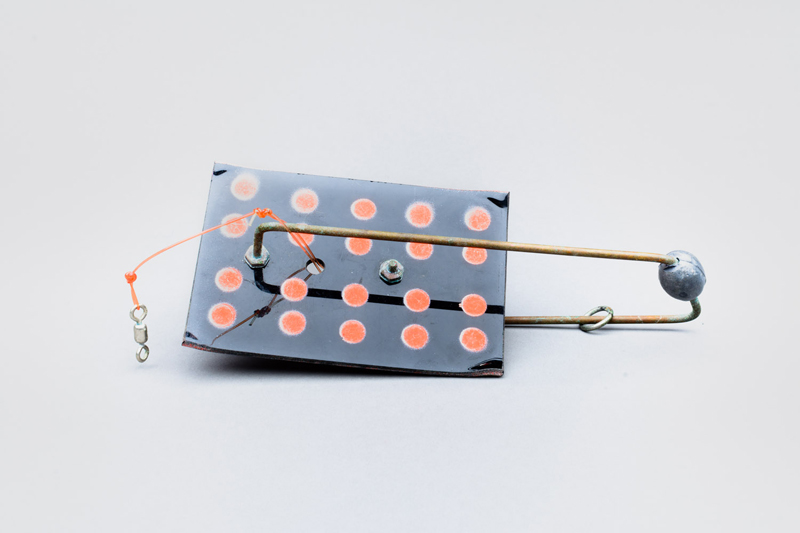


Main Squeeze
I am drawn to photography’s ability to be both a pointing device with almost indexical qualities and also a container capable of holding more poetic intentions. Of particular interest to me is using pictures as a site of inquiry about language, history, memory, culture, and phenomena. I have no reverence towards a traditional photographic vision, meaning the images I make vary vastly in approach, scope, and demeanor within the same body of work. To this end, I borrow from photographic tropes such as “traditional” landscapes, “amateur” snapshots, “cold” scientific methods of capturing, and “slick” commercial imaging strategies. The act of constructing photographs with these approaches in mind allows me to engage with performative ways of working and also more visually elusive ideas such as perception, riddles, and myth. While the images carry the partial weight of the above ideas individually, they resonate further when viewed in relation to each other. Many of the pictures have a reciprocal or additive relationship to the group but some exist more as a footnote/reference to something external. Others function as a foil, calling out to one another in a form of rebuttal. These relationships are often present in the photographs to begin with and are further accentuated by decisions in regard to sequence, scale, color, and framing. The work ultimately finds its essence in the existential qualms left behind in the wake.



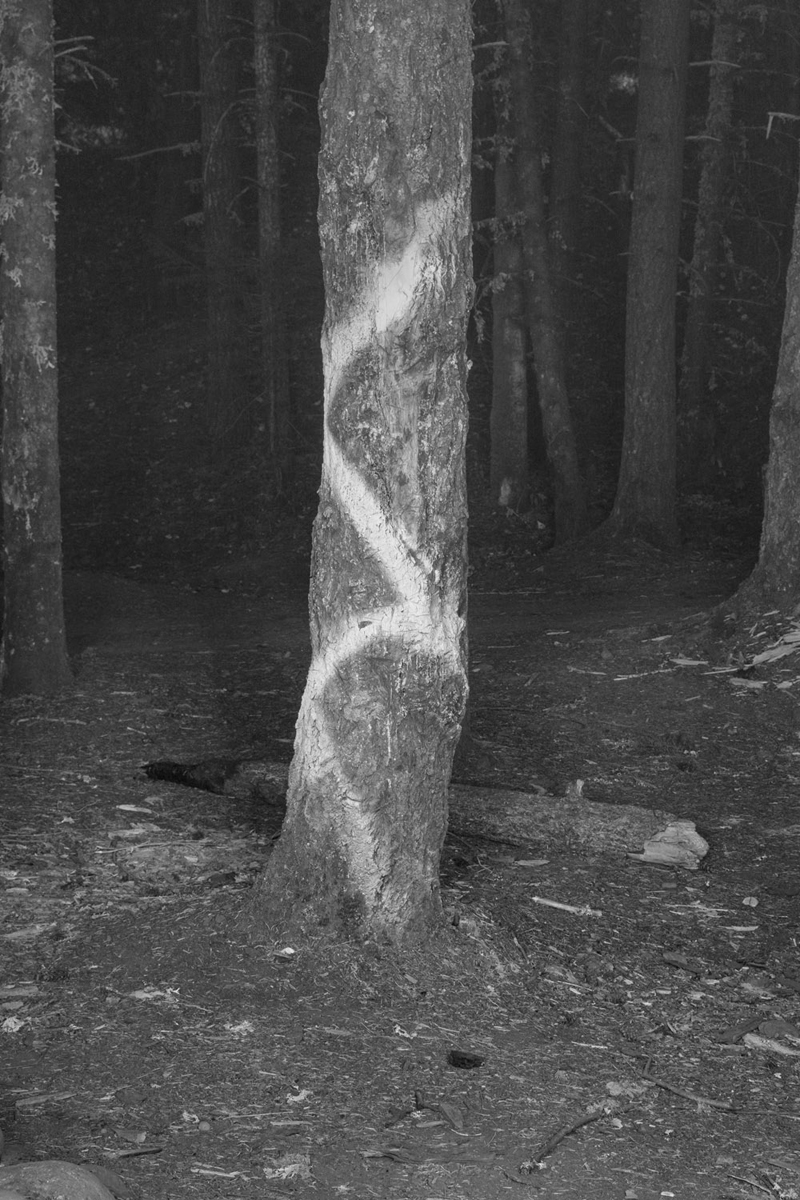

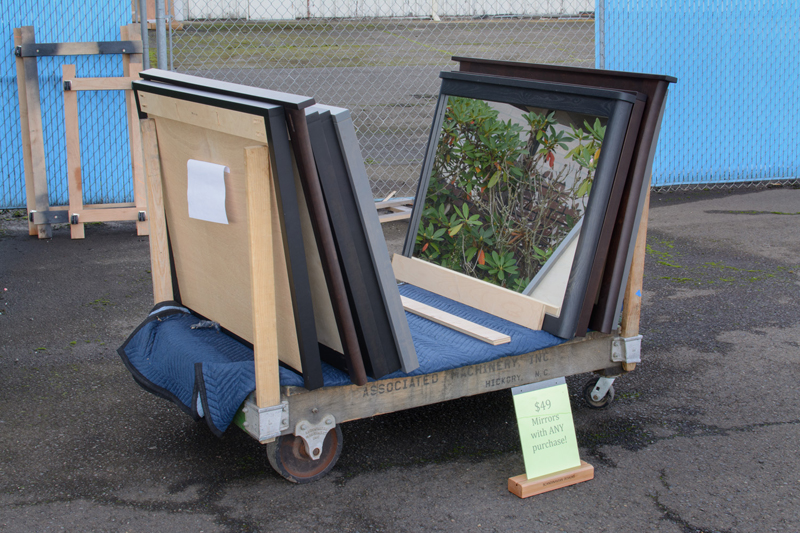


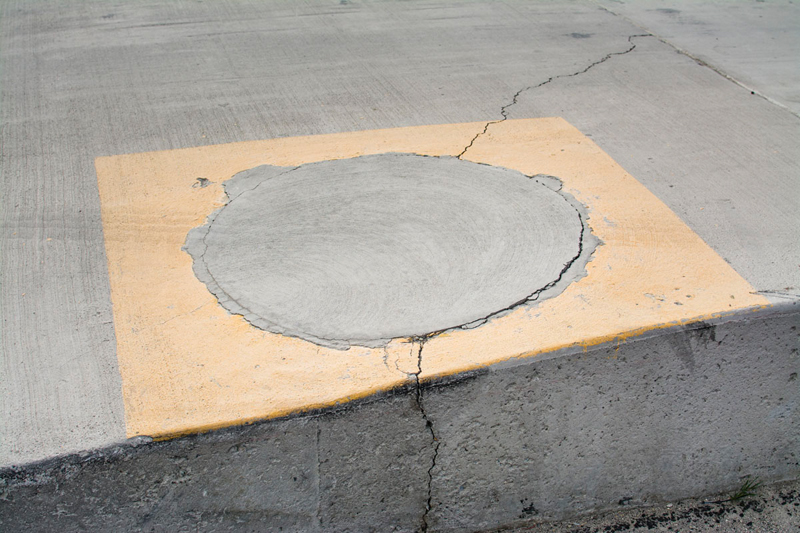
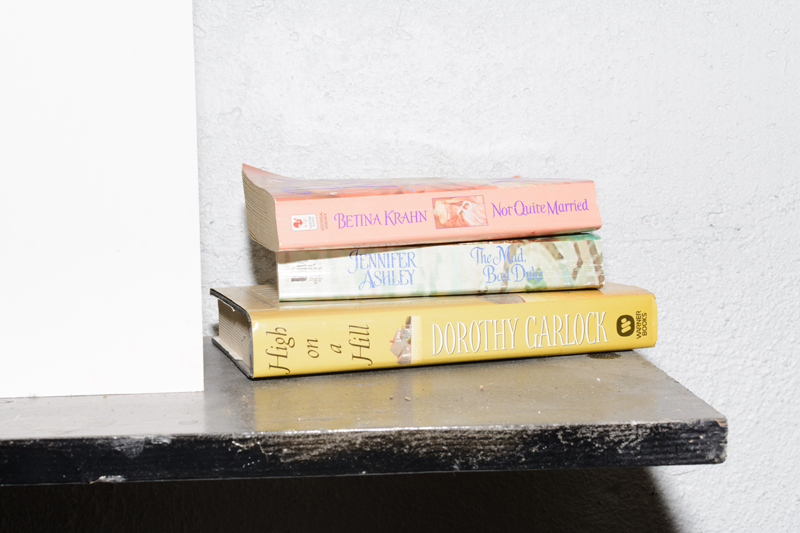


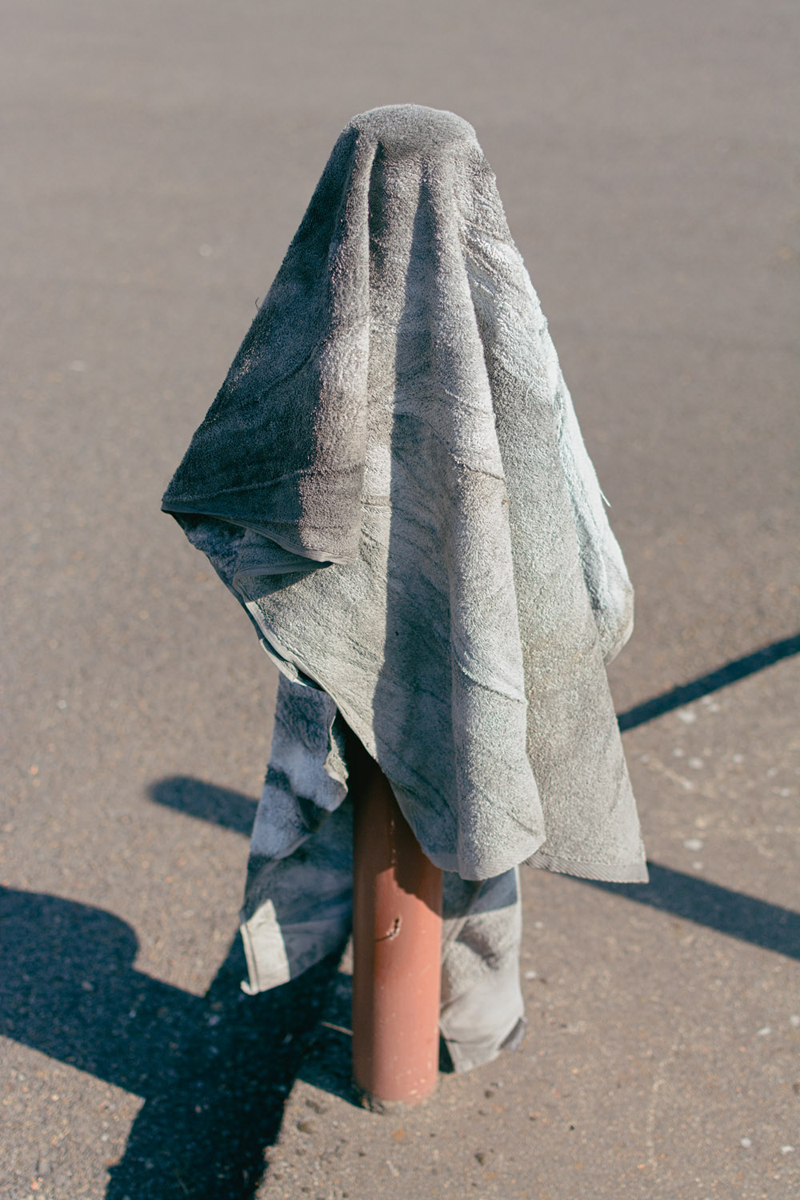
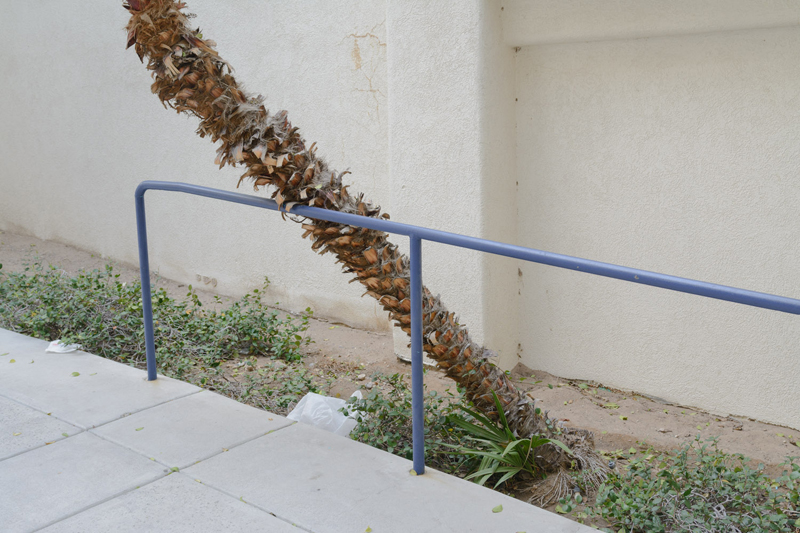



To view more of Jonathan Bagby’s work please visit his website.